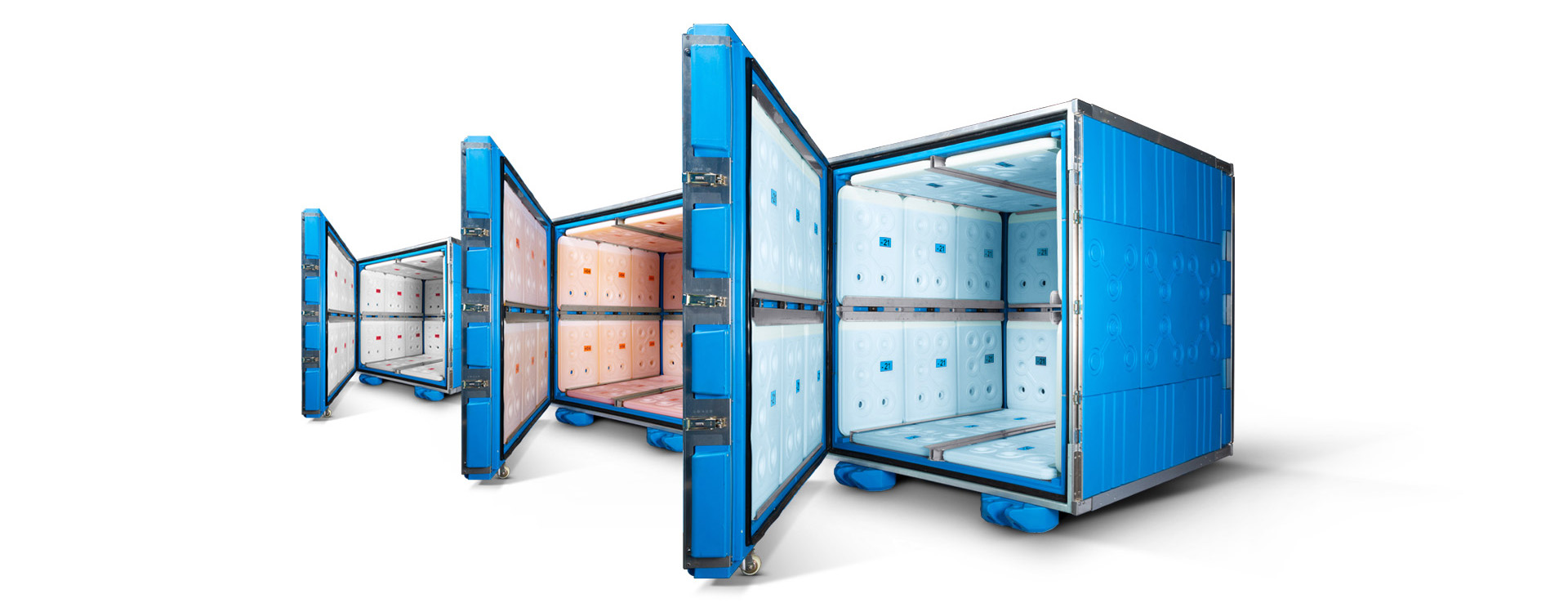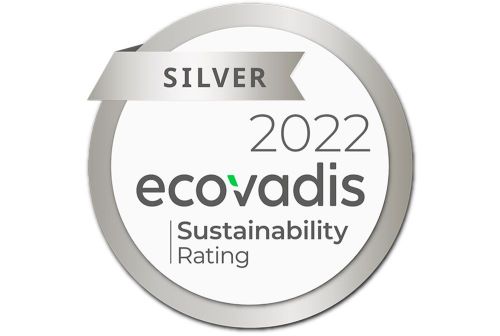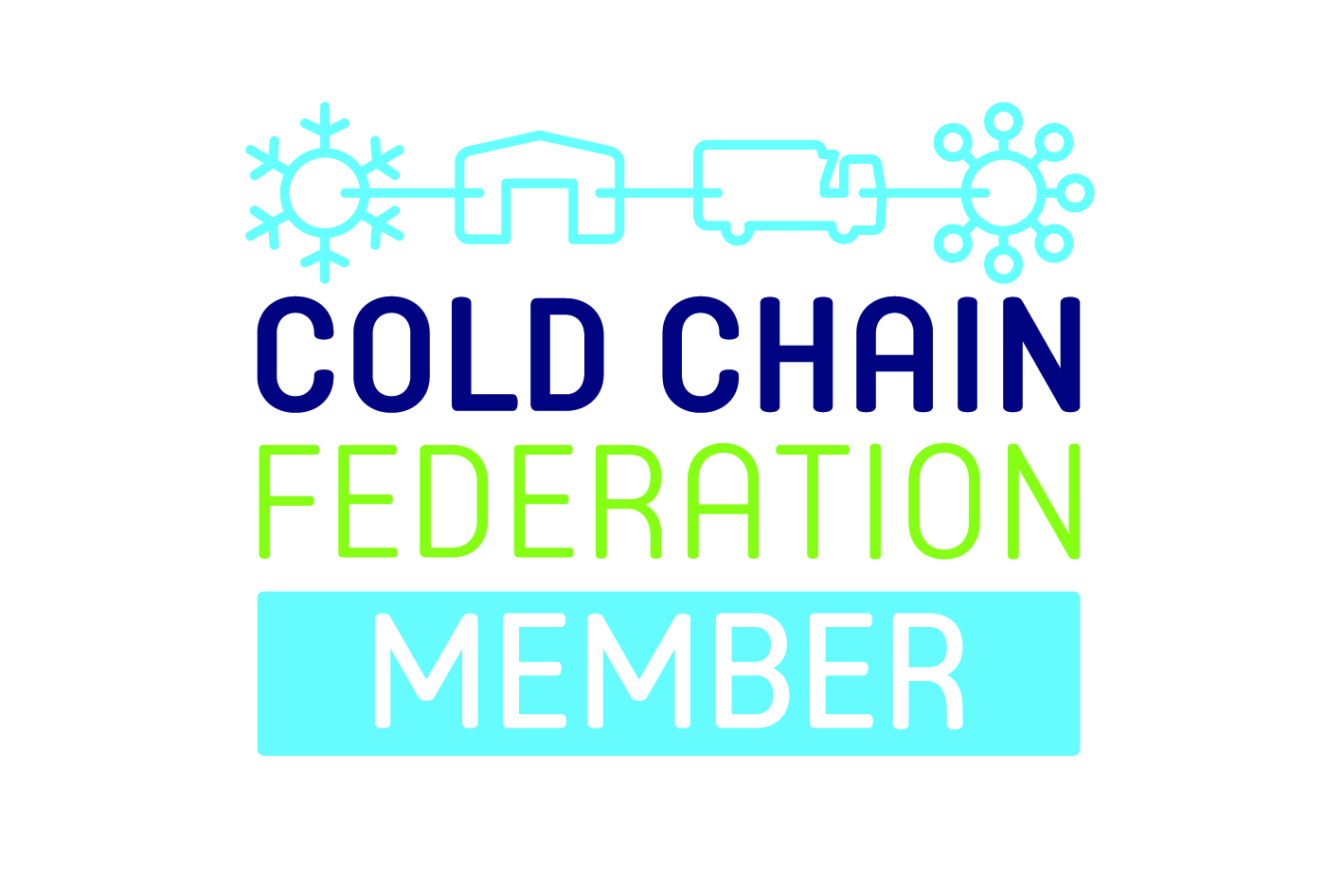Passive vs Active Containers: Which is Best For You?

The aim of every cold chain logistics solution is to maintain adequate temperature controls for items whilst they are in transit in order to keep them in the best possible condition. There are a number of global industry sectors that rely on cold chain logistics solutions, including the pharmaceutical industry, catering and hospitality, and many more besides.
One decision facing businesses wishing to use a dedicated cold chain logistics solution is whether to choose a passive container, or an active container to protect and transport their products.
How do passive and active containers differ?
Active containers are insulated containers with either a built-in electrical cooling system, or that include additional measures such as dry ice or ice blocks to maintain the internal temperature at a sufficiently low level.
Passive containers are insulated containers that do not require electricity or the addition of special measures to maintain the correct temperature.
Which is better?
Electrical active containers are popular with customers who want the reassurance of being able to plug their container into the mains to keep it cool should any major delays in transit be encountered. It is important to note that active containers cannot completely guard against the risks posed by shipping delays because if there is an electrical failure or the dry ice or ice blocks go beyond their safety point, the internal temperature of the container will begin to rise.
Passive containers, such as those issued by Tower Cold Chain, are designed to maintain their internal temperature with no additional measures being necessary for a period of up to 120 hours which is usually sufficient to guard against even the most severe in-transit delays.
Both active and passive containers are available on a lease basis, meaning that customers only pay for the container that they need while it contains their products.
Both active and passive containers can be sourced with temperature sensors which continually report on the internal temperature of the container for added peace of mind.
Both active and passive containers are available in a range of sizes and are approved by most major airlines and shipping companies.
Because there is such a vast array of cold chain shipping options available, there is no definitive way of stating that any one product is better than others, as much will depend on the specific needs of the client, the product that is being transported, the budget of the client and the manner in which the container will be shipped.
It is necessary that customers consider their risk appetite and the specific handling requirements of their products when selecting a cold chain logistics solution.
To explore our range and discuss the options that are available, please call the friendly experts at Tower Cold Chain today.









